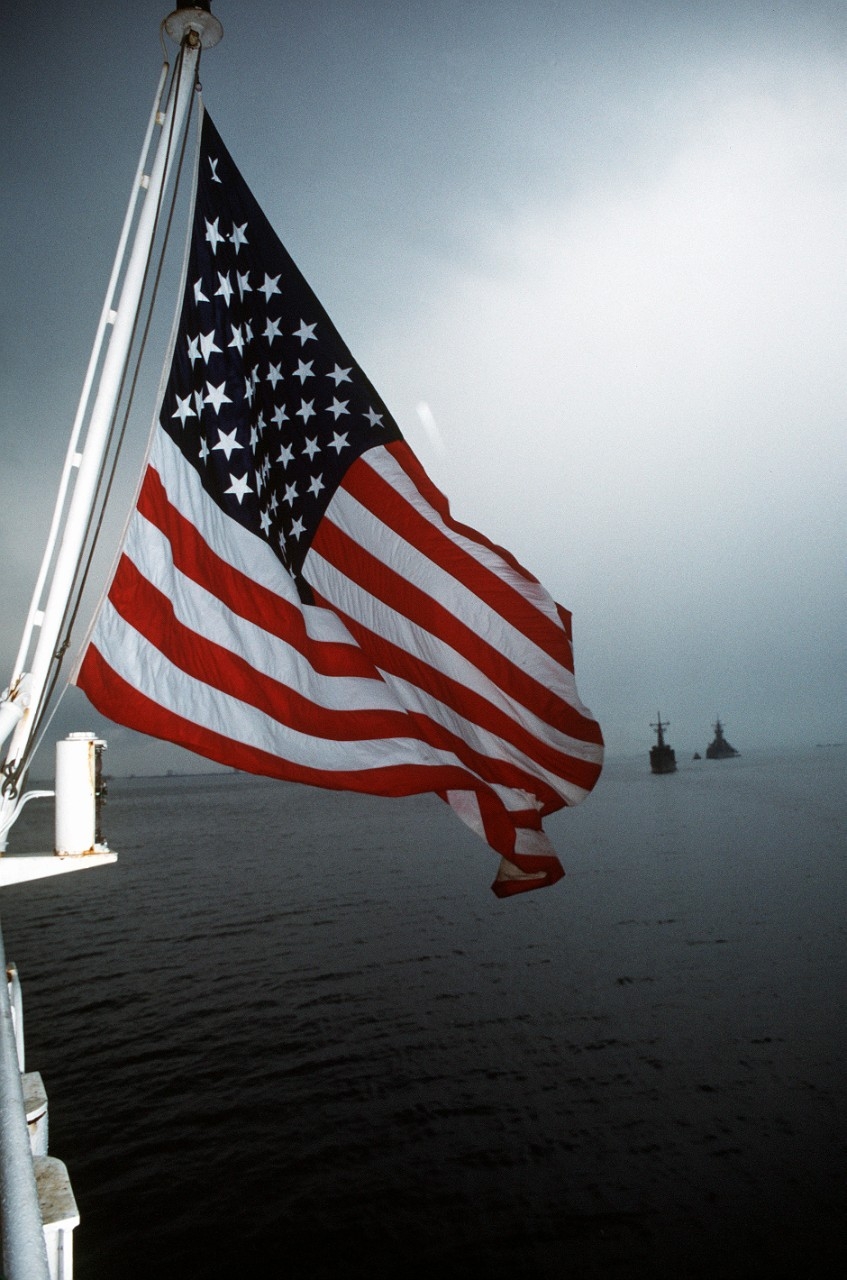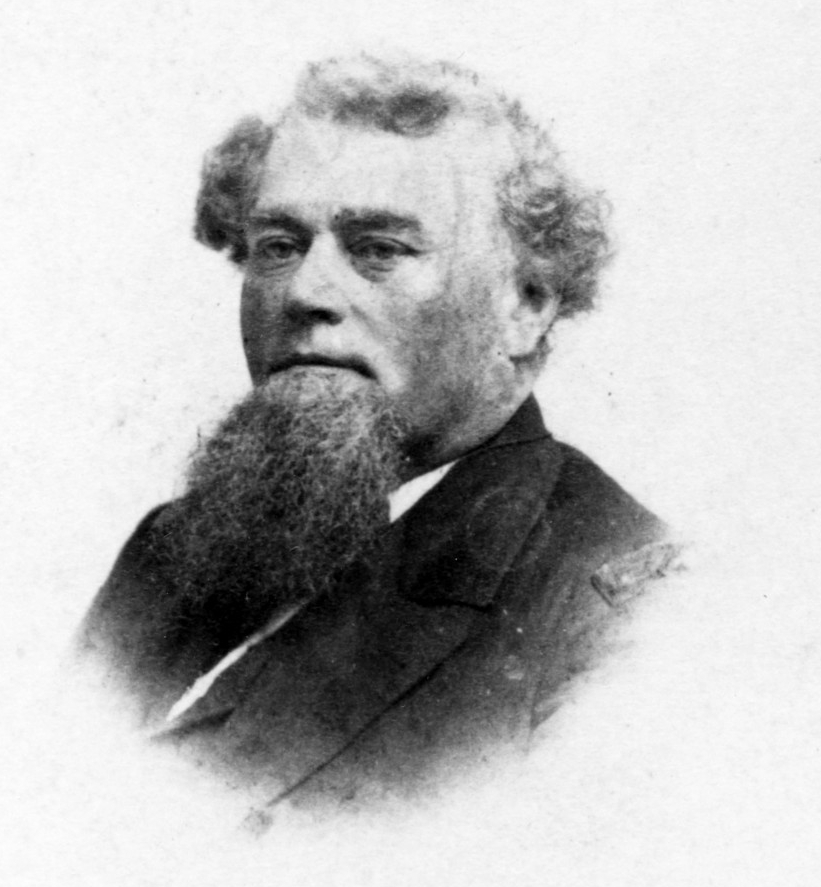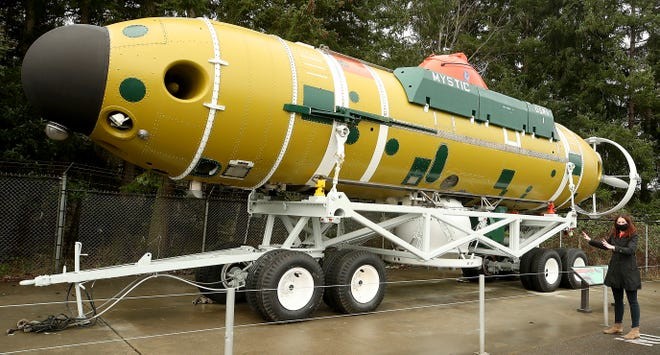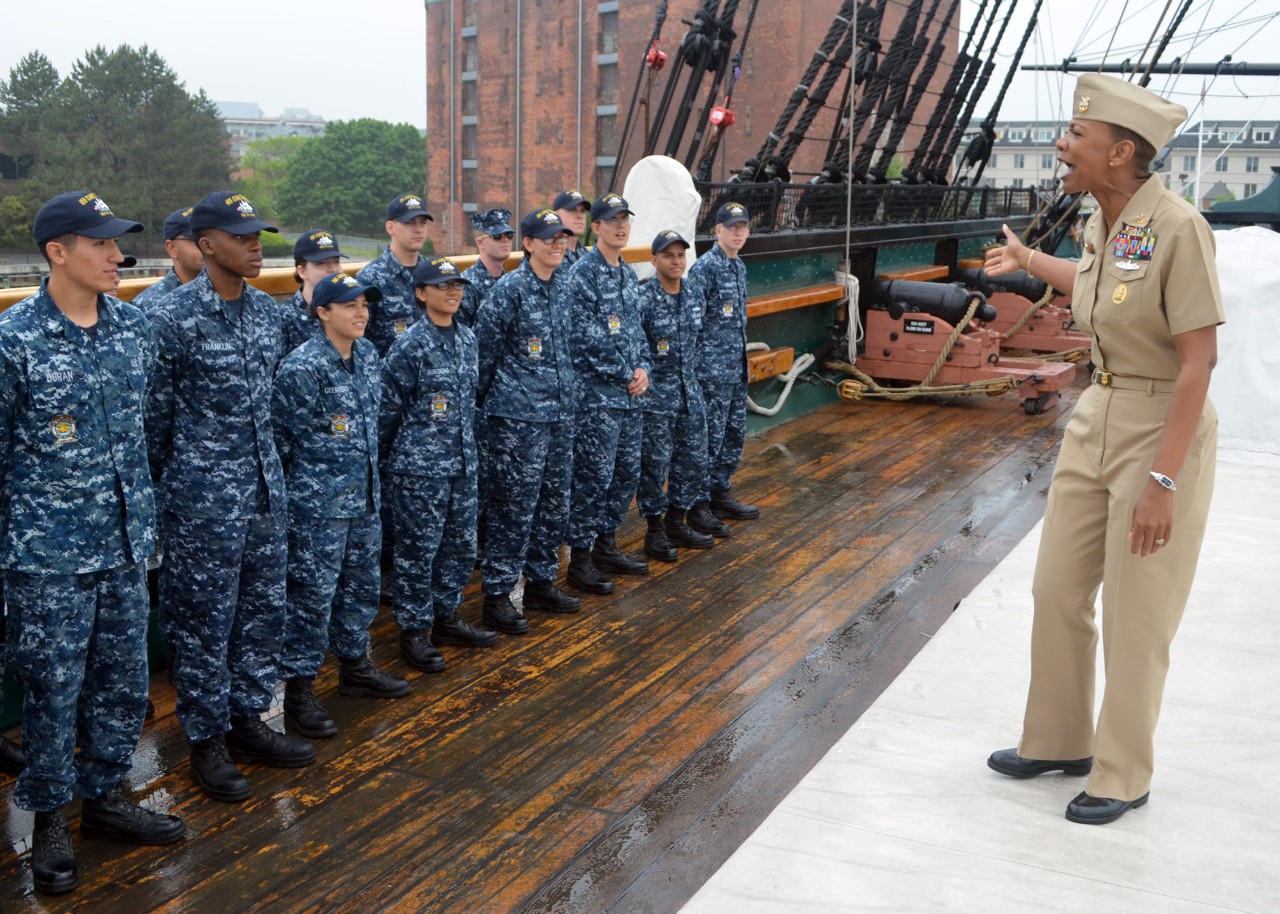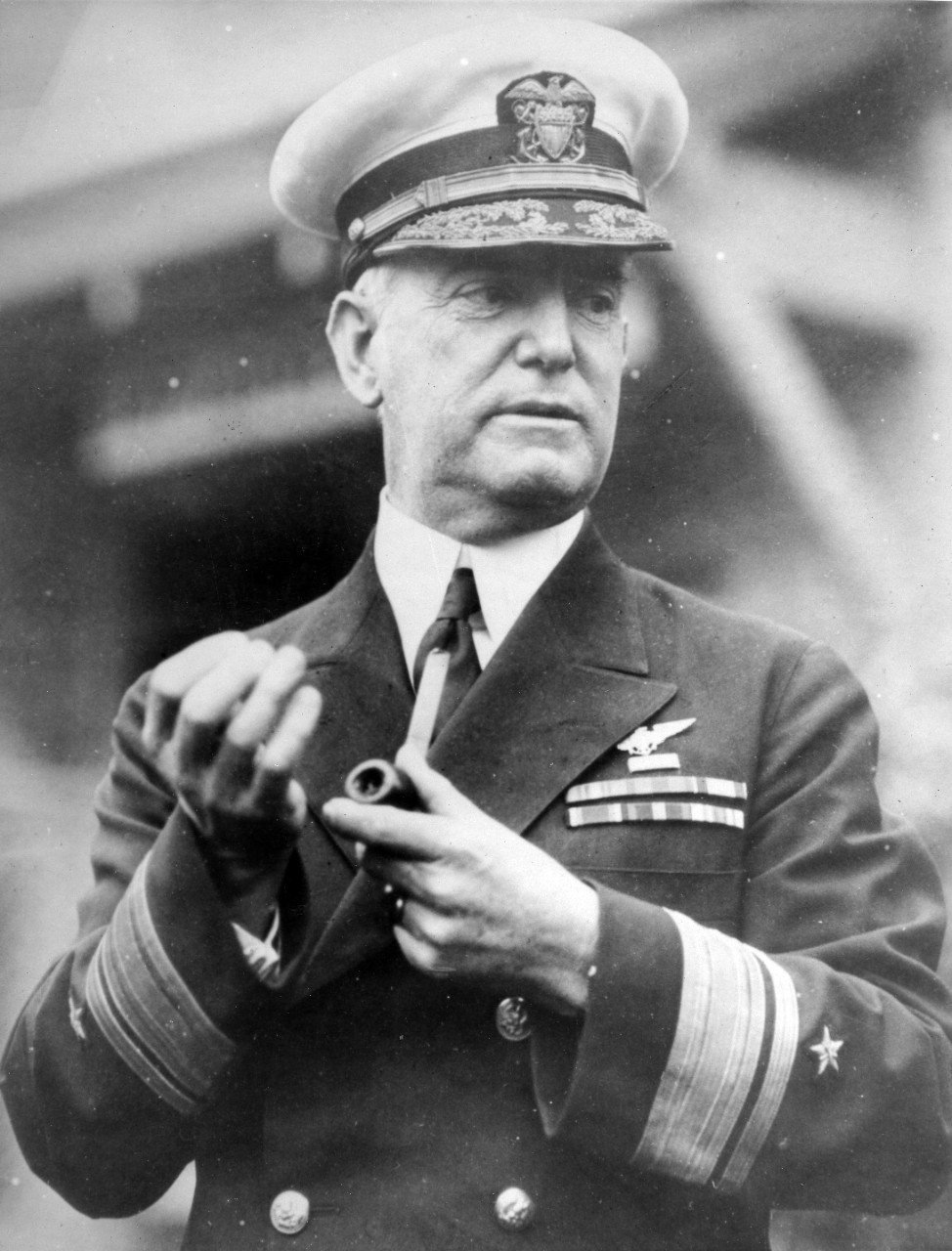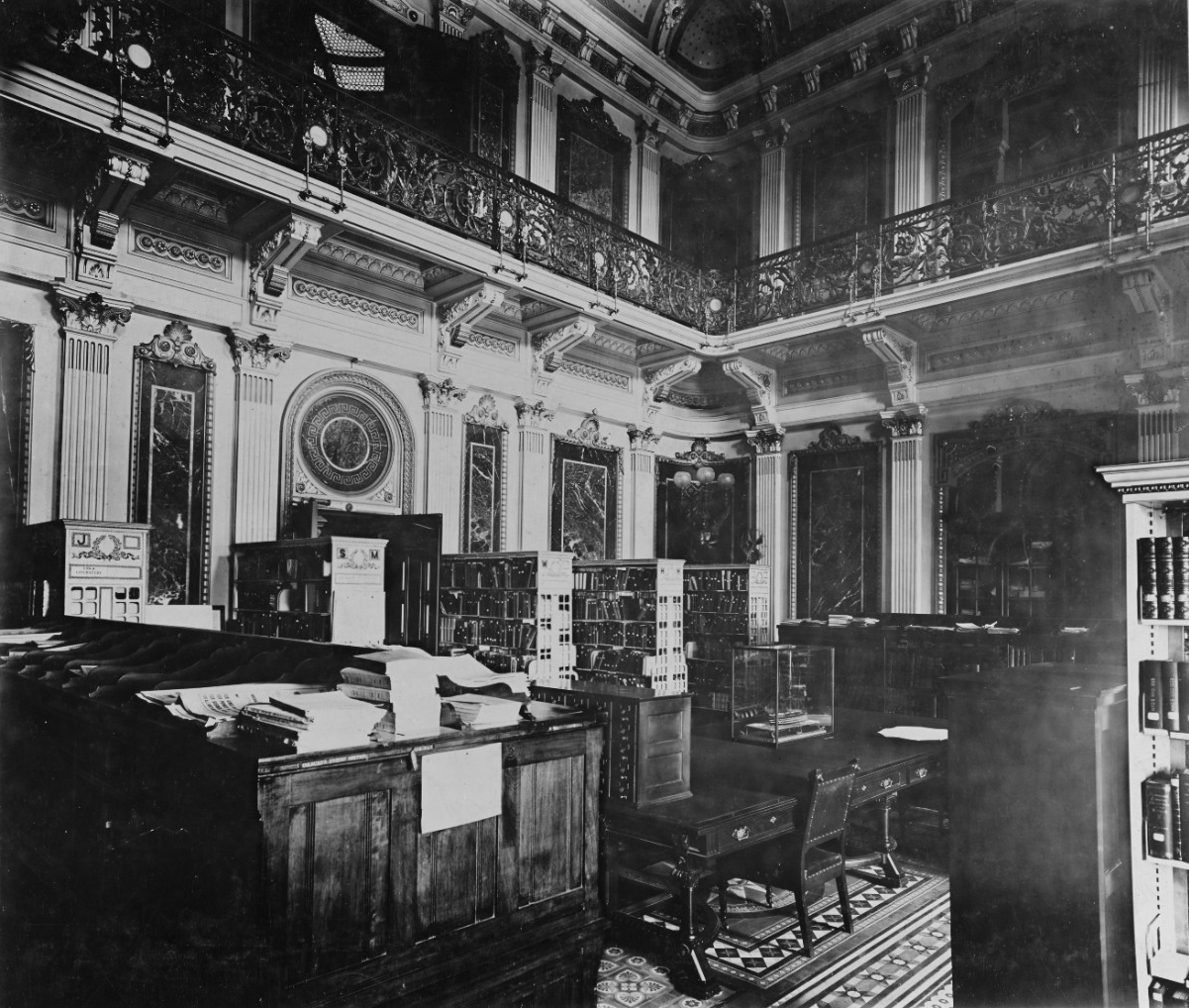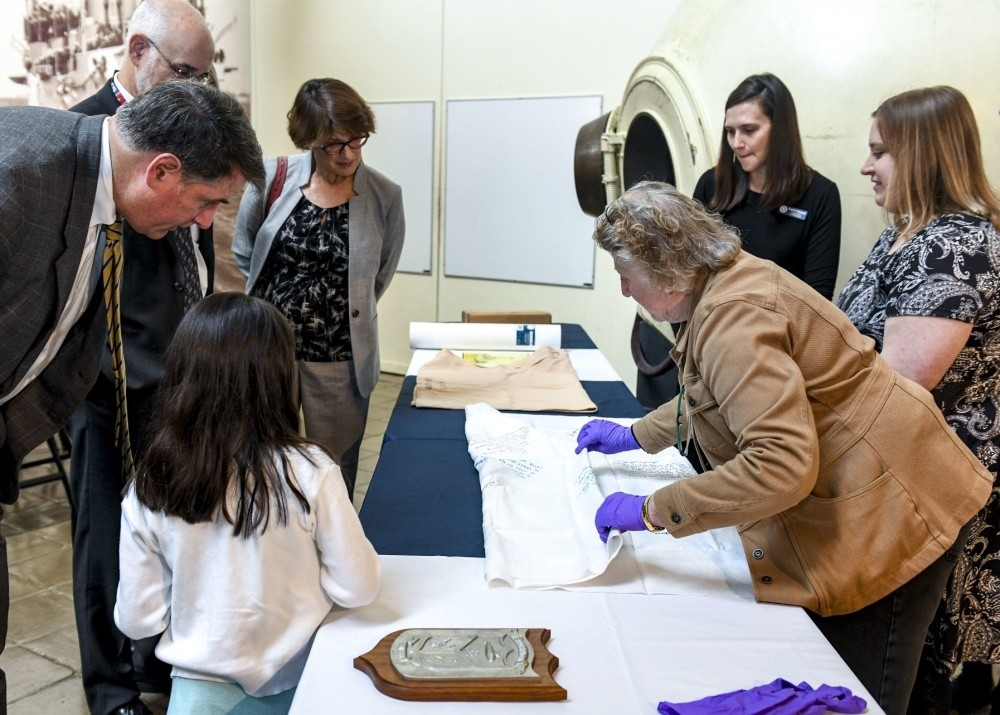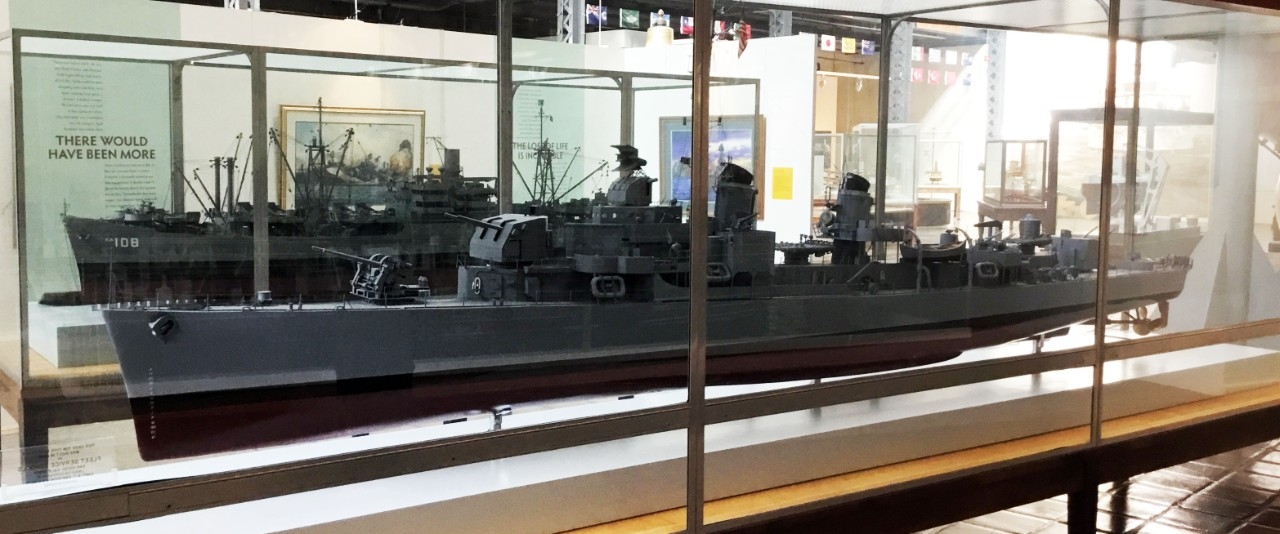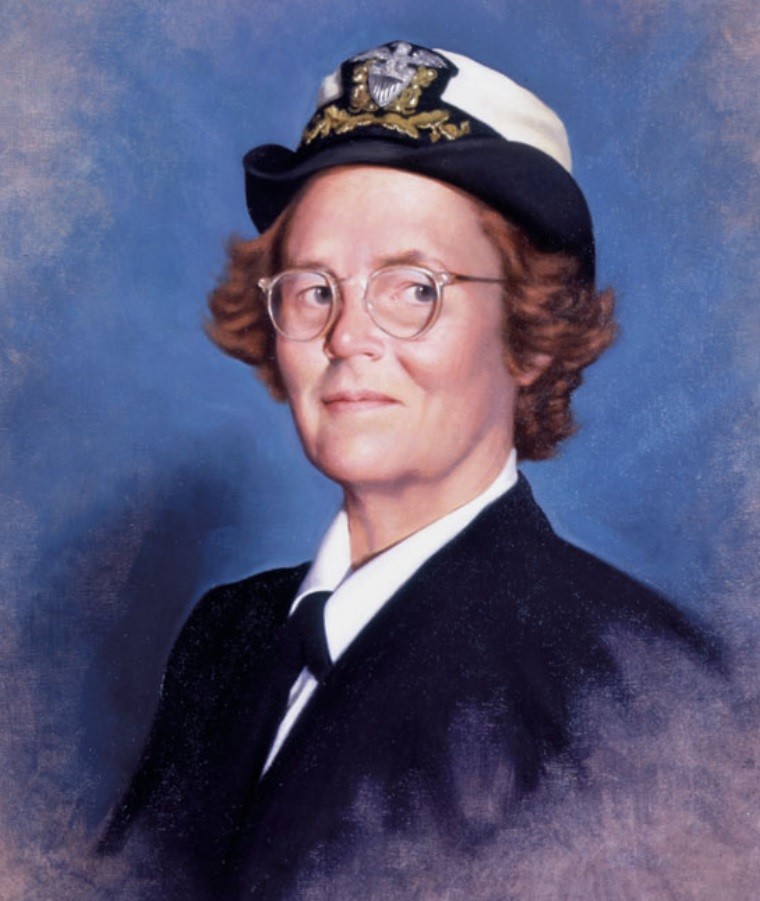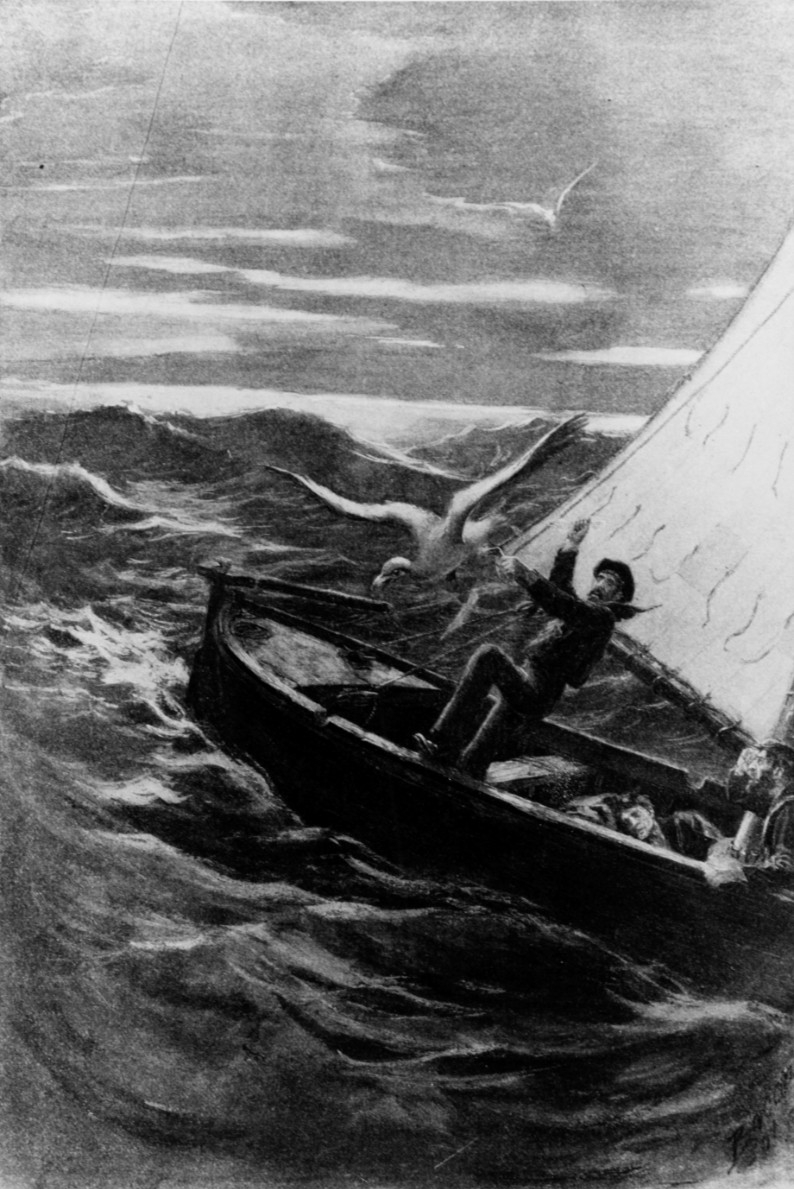Compiled by Brent Hunt, Naval History and Heritage Command’s Communication and Outreach Division
Desert Storm Ends—30 Years Ago
On March 6, 1991, President George H. W. Bush addressed a joint session of Congress and stated, “I can report to the nation: Aggression is defeated. The war is over.” When the Iraqi army invaded Kuwait on August 2, 1990, the United States deployed a major joint force as part of a multination coalition to stop President Saddam Hussein’s brutal aggression. The U.S. Navy provided sea control and maritime superiority, which paved the way for the introduction of U.S. and allied air and ground forces. After Hussein’s repeated refusal to leave Kuwait, combat operations commenced on January 18, 1991. After an extended air campaign on Iraq’s military infrastructure, ground offensive operations began in late February. In a mere 100 hours, the Iraqi army was crushed. Iraqi soldiers surrendered by the thousands. Kuwait was again free. For more, check out the Desert Shield/Desert Storm page at NHHC’s website. For a more detailed account of the war, read H-Grams 059-1, 058-1, 056-2, 055-2, 054-2, 053-3, and 052-2 by NHHC Director Sam Cox.
Surgeon General of the Navy Created—150 Years Ago
On March 3, 1871, the position of Surgeon General of the U.S. Navy was created to recognize the Navy’s top medical officer. Chief of the Bureau of Medicine and Surgery Dr. William M. Wood assumed the newly appointed position, making him the first Surgeon General of the Navy. Wood’s previous assignments prior to receiving the nod as the top physician included service in the Seminole Wars and the Mexican-American War. He also served as fleet surgeon for the Western Gulf Blockading Squadron during the Civil War. The passage of the March 3 Naval Appropriations Act grouped medical officers in a separate and distinct staff corps with grades established by law. For example, medical directors received the rank of captain, medical inspectors were commanders, and surgeons were lieutenants. The Surgeon General of the Navy position came with the rank of commodore. For more on Navy medicine, visit NHHC’s website.
Deep-Diving Mystic Restored at Navy's Undersea Museum
Extensive restoration efforts on deep-sea diving submersible Mystic were recently completed. The vessel was designed and built to save submariners and withstand the pressures of the deep ocean. The rescue vessel, which has made the Naval Undersea Museum in Keyport, WA, its home since 2014, had begun to show signs of deterioration due to continued exposure to the elements. The hull was also showing signs of wear and there was extensive damage on the vessel’s exterior fiberglass. “In the ideal world, we'd be able to bring them indoors,” said Beth Sanders, collections manager for the museum. “But we have to deal with the reality that some vessels are too large to fit in the building.” Mystic’s hull was restored and painted thanks to funding by NHHC. Aircraft restoration specialists from the National Naval Aviation Museum provided assistance as well. For more, read the article.
Fleet Master Chief April Beldo: The People’s Master Chief
Late last year, Chief of Naval Operations Adm. Michael Gilday and his wife installed in Washington Navy Yard’s Tingey House an exhibit entitled “Celebrating Navy Women: Perseverance and Achievements.” A trailblazer for women in the U.S. Navy, Fleet Master Chief April D. Beldo was the first African American female command master chief (CMC) of Recruit Training Command, the first African American female CMC of an aircraft carrier, and the first female and African American force master chief for Naval Education and Training Command. She was also the first female and African American fleet master chief for Manpower, Personnel, Training, and Education. Beldo, a native of Lancaster, CA, enlisted in the Navy in 1983 only planning to serve four years, but ended up serving 34. For more on Beldo’s career, read the article by K. Denise Rucker Krepp at NHHC’s website.
Moffett Assumed Duty as Director of Naval Aviation—100 Years Ago
On March 7, 1921, Capt. William A. Moffett assumed duty as director of naval aviation. His assignment, with the accompanying rank of rear admiral, was originally for a term of four years. Moffett was reappointed by President Calvin Coolidge in March 1925, and reappointed again by President Herbert Hoover in 1929. During his years of service in naval aviation, Moffett was recognized as more experienced in all types of airplanes, seaplanes, and big airships than “any admiral in any Navy in the world.” The development of lighter-than-air vessels in the U.S. Navy were largely due to his vision, determination, and efforts—the result of which was seen in the building of airships Akron and Macon. Before his tenure as director, Moffett, while in command of Chester, received the Medal of Honor in 1914 for his actions during the occupation of Vera Cruz. The destroyer USS Moffett was named to honor him.
Office of Naval Records and Library Established
On March 4, 1915, the appropriations for the Navy Department Library and the Office of Naval Records were combined, and a new office was established known as the Office of Naval Records and Library. World War I was the transition point for the office, moving from an era of custodianship and primary concern with records of the past to a period of active selection, collection, and classification of data on current naval operations. During the “Great War,” the library was the mecca for news correspondents and others utilizing its reference facilities for information on treaties, international law, and subjects related to the war. A great many ranking naval officers, allied officials, and members of the government were also frequent visitors.
Navy Authorized to Accept Donations
On March 4, 1937, congressional legislation authorized the Secretary of the Navy to accept donations for the benefit of the Office of Naval Records and Library, its collection, or its services. Today, NHHC headquarters collecting entities consist of six branches. Each branch specializes in its own distinct collection specialty with its own policies for managing its respective collections. The collecting branches include Archives, Art, Curator, Photo Archives, Library, and Underwater Archaeology. The ten museums that are a part of NHHC are separate collecting entities with their own policies and needs. For more on donating materials, visit NHHC’s website.
Extensive Collection Arrived at David Taylor Model Basin
On March 7, 1942, the first examples of the Bureau of Ships’ extensive ship model collection arrived at the David Taylor Model Basin outside Washington, DC, for protection against a possible enemy attack during World War II. The models were among 1,900 in the Navy Ship Model Program, still located at the David Taylor Model Basin. The Navy began building models of new ships in 1883. After 1883, models were usually constructed for one ship in each new class—if the class was significantly different from previous classes. NHHC and the Curator of Ship Models cooperate closely, sharing the collection—that has grown to about 3,000—with the fleet and the American public. The National Museum of the U.S. Navy displays the largest number of the models.
Webpage of the Week
In celebration of Women’s History Month, this week’s Webpage of the Week is the Commander Mary Sears page located under NHHC’s “Namesakes” link. Sears, a legend in the field of oceanography, was appointed head of the Navy Hydrographic Office’s new Oceanographic Unit during World War II. Her intelligence reports, which predicted thermoclines, proved critical to the survivability of U.S. submarines. Submarines could hide in thermoclines to escape enemy detection by surface sonar. After the war, Sears transferred to the U.S. Navy Reserve and continued her work as senior scientist at the Woods Hole Oceanographic Institution. Oceanographic survey ship USNS Mary Sears proudly bears her name. Check out the page today. It contains a short history about Sears and information on her namesake ship.
Today in Naval History
On March 2, 1859, Saginaw was launched at Mare Island, CA. It was the first of a long line of U.S. Navy ships built on the U.S. West Coast. After serving for about ten years at various locations in the Pacific, Saginaw was assigned to Midway Island in anticipation of increased trade between China and the United States. After seven months and several supply trips to Honolulu, Saginaw departed in late October 1871 for San Francisco. A stop at Ocean Island proved to be fateful as the ship became grounded on a reef while approaching the island. The crew managed to remove most of the equipment from the ship before it was destroyed by the surf. Realizing they had a limited chance of survival, Lt. John G. Talbot volunteered to lead a crew of four men to facilitate a rescue from Hawaii. As they neared the Hawaiian Islands after 31 days at sea, their boat capsized, throwing the crew in the water. Only Coxswain William Halford survived the ordeal. Despite his injuries, Halford made it to Honolulu to get help for the marooned crew. Saginaw’s crew was rescued on Jan. 4, 1871. Halford received the Medal of Honor for his gallant and heroic efforts.
For more dates in naval history, including your selected span of dates, see Year at a Glance at NHHC’s website. Be sure to check this page regularly, as content is updated frequently.

